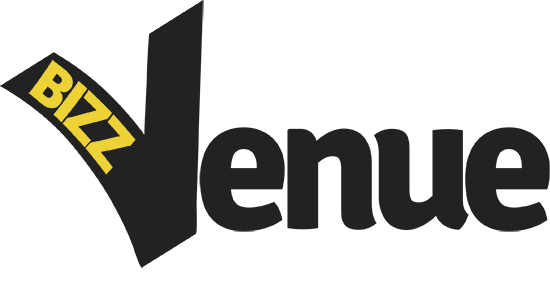
We recently took a quick look at some of the basic concepts of tax theory. Now it time to dig a bit deeper. We have regressive taxes and progressive taxes (also known as proportionate taxes). What’s the difference between the two? Consider a scenario with two people. Person A and Person B. Person A has an income of $20,000 and person B has an income of $200,000. Person A pays 2000 in taxes and person B pays 60,000. Is this a progressive tax? Yes. Most definitely because person B pays a higher percentage of his income. Person B is paying a 30% tax and person A is paying a 10% tax. Thus the higher the income the higher the tax. This is the progressive tax system.
If person A and Person B still have the same income of 20,000 and 200,000 respectively, and they both pay 10% tax, then this would be a proportionate tax or a regressive tax. A regressive tax is the opposite of a progressive tax. If you have a coffee tax of $1 tax on each cup of coffee then this is a regressive tax. The scenario in which everyone pays them same amount of tax regardless of income is always a scenario of a regressive tax. Thus the poor man is effected more than the rich man.
What are the pros and cons of each type of tax?
We shall first look at a few cons of the progressive tax.
- The first and most obvious issue with a progressive tax system is that one may attempt to reduce his level of income in order to fall into a more favourable tax bracket. Since the more money you make, the more tax you pay, one may have an incentive to reduce his income. Surely this is a negative outcome.
- Basically, if you are rich you want a regressive tax not a progressive tax. Unfortunately the majority of our society isn’t rich. Thus there is the issue of the majority imposing its will on the minority.
- The progressive tax system has many tax brackets and as a result is very complicated and is prone to clever manipulation form savvy businesspeople.
Pros of the progressive tax:
- The progressive tax that takes more from the rich is an effective mechanism for enhancing opportunities for the lower and middle class citizens.
- The progressive tax Prevents wealth from being held the hands of the few and attempts to distribute fairly.
- As income increases, people have more money that isn’t used for basic necessities and thus can afford to pay more taxes in a way that the poor can’t.
What about the pros of the regressive tax?
The tax system in which the more money you make the less tax you pay? First off some pros:
- The most apparent advantage of this system is that it provides a very positive incentive to work harder. The more you make the less you pay so why not work as hard as possible? The issue of trying to fall into a lower tax bracket isn’t part of the equation with the regressive system.
- Attracting and keeping the big money players in your country. The wealthy usually have the means and the will to pack up and move to a more attractive tax jurisdiction should that be necessary, introducing a regressive tax system will not only persevere local individuals with high incomes but may also attract some from other countries. This means more wealthy people buying expensive cars, eating out, buying cloths, consuming services and pushing the economy forward.
And what about the cons?
- Socially it isn’t acceptable to tax the poor more than the rich. It doesn’t matter if a regressive system would ultimately improve the economy and increase the total amount of tax collected. Public opinion usually won’t favour such a system.
- Opportunities for the middle class and the poor will be reduced as it may be more difficult to break into high income that pays less tax.
Now that we briefly covered the two systems, what do you think? Which system is preferable in your opinion? Leave a comment and let us know.
Feature image: 401(K) 2012



